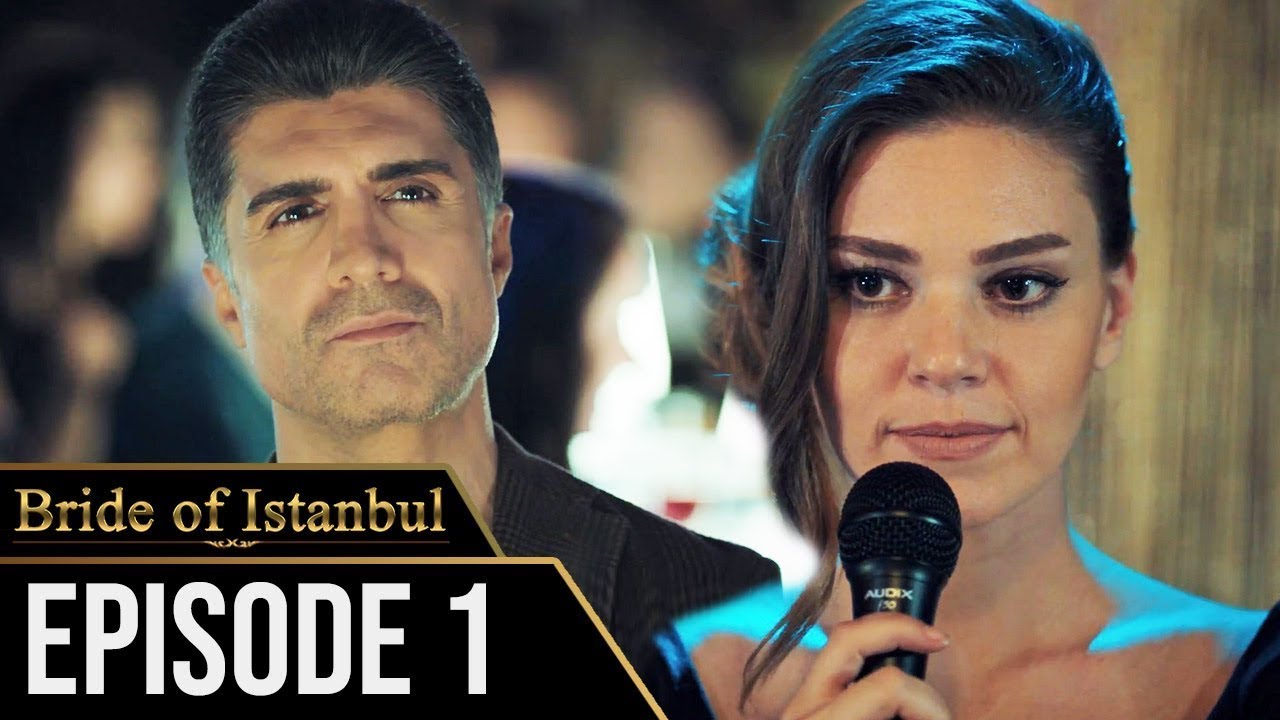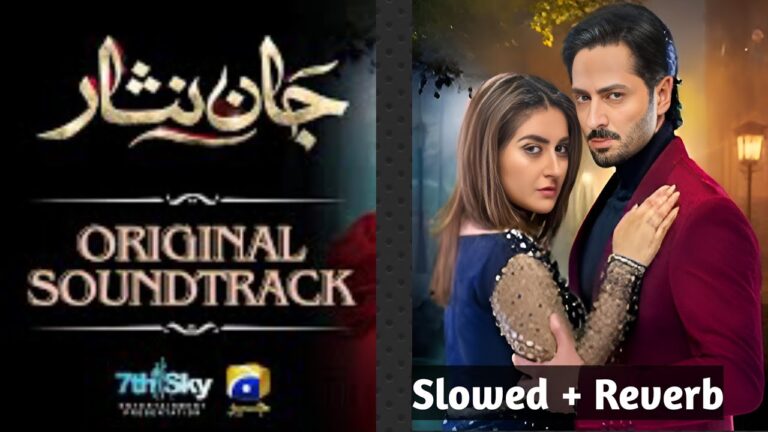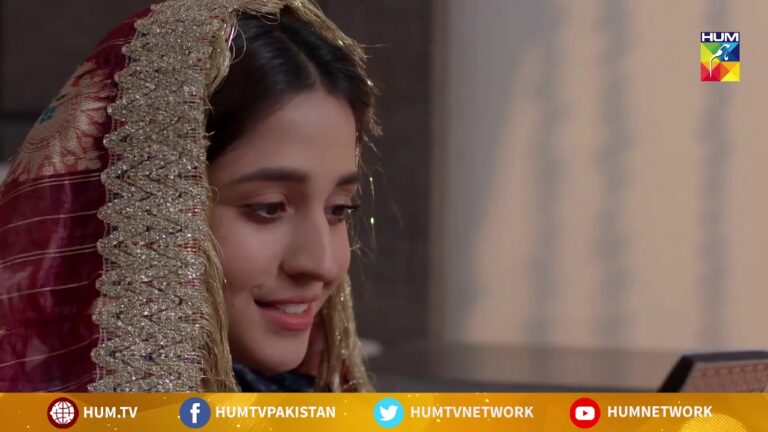Bride of Istanbul Drama Review: “Bride of Istanbul” is a Turkish television drama series that has captivated audiences both domestically and internationally with its blend of romance, family drama, and cultural intrigue. Created by Süreç Film and directed by Zeynep Günay Tan and Deniz Koloş, the series follows the tumultuous love story between Süreyya, a talented young violinist from a conservative Turkish family, and Faruk, the wealthy and influential heir to a prominent Istanbul family. Against the backdrop of societal expectations, familial rivalries, and personal ambition, “Bride of Istanbul” explores themes of love, loyalty, and self-discovery. This review offers an in-depth analysis of the series, examining its plot, characters, themes, and overall impact on viewers.
Plot Summary
“Bride of Istanbul” revolves around the intertwined lives of Süreyya and Faruk, two individuals from vastly different backgrounds who are brought together by fate. Süreyya, a free-spirited and independent young woman, comes from a conservative Anatolian family with strong traditional values. Faruk, on the other hand, is the son of a wealthy Istanbul family with a long-standing feud with Süreyya’s family.
When Süreyya’s father becomes gravely ill, she is tasked with marrying Faruk to fulfill her father’s dying wish and save her family from financial ruin. Despite their initial animosity towards each other, Süreyya and Faruk are forced to confront their prejudices and preconceptions as they navigate the complexities of married life.
As their relationship evolves, Süreyya and Faruk must contend with the expectations of their families, the pressures of societal norms, and the ghosts of their pasts. Along the way, they encounter a host of challenges and obstacles that test the strength of their love and their commitment to each other.
Thematic Exploration
Love and Sacrifice
One of the central themes of “Bride of Istanbul” is love and sacrifice. Süreyya and Faruk’s relationship is characterized by the sacrifices they make for each other and for their families. Despite the challenges they face, including familial rivalries and personal insecurities, Süreyya and Faruk are willing to endure hardships and make difficult choices to protect their love.
The series explores the different forms of love, from romantic passion to familial duty, and the ways in which love can both unite and divide people. Through Süreyya and Faruk’s journey, viewers witness the transformative power of love and the lengths to which individuals will go to preserve it.
Tradition and Modernity
“Bride of Istanbul” also delves into the tension between tradition and modernity in Turkish society. Süreyya’s Anatolian roots clash with Faruk’s cosmopolitan lifestyle, highlighting the cultural divides that exist within the country. As Süreyya navigates the complexities of Istanbul’s high society, she must confront the expectations placed upon her as a woman and as a member of her conservative family.
The series explores the ways in which tradition and modernity intersect and collide, shaping the lives of its characters and influencing their choices. Süreyya’s journey of self-discovery reflects the broader societal shifts occurring in Turkey, as individuals grapple with questions of identity, belonging, and cultural heritage.
Family and Identity
Family and identity are central themes in “Bride of Istanbul,” as Süreyya and Faruk navigate the complexities of their respective familial relationships. Süreyya’s close-knit Anatolian family provides her with a sense of belonging and security, but also imposes strict expectations on her as a daughter and a woman. Faruk’s Istanbul family, meanwhile, is torn apart by long-standing feuds and rivalries, threatening to destroy everything he holds dear.
As Süreyya and Faruk struggle to reconcile their own desires with the demands of their families, they must confront questions of loyalty, tradition, and personal autonomy. The series explores the ways in which familial ties shape individuals’ sense of self and influence their choices, highlighting the tensions and conflicts that arise when personal and familial identities collide.
Character Development
Süreyya
Süreyya is the heart and soul of “Bride of Istanbul,” a young woman whose journey of self-discovery forms the emotional core of the series. Played with depth and sensitivity by the talented actress Aslı Enver, Süreyya is a complex and multi-dimensional character whose resilience and determination inspire those around her.
Throughout the series, Süreyya undergoes significant growth as she navigates the challenges of married life and confronts the expectations placed upon her by her family and society. Her journey from a naive young woman to a confident and independent individual is marked by moments of triumph and tragedy, allowing viewers to witness her evolution firsthand.
Faruk
Faruk is Süreyya’s enigmatic husband, whose troubled past and complex family dynamics shape his character’s arc. Portrayed with charisma and intensity by the talented actor Özcan Deniz, Faruk is a flawed but compelling protagonist whose journey of self-discovery mirrors Süreyya’s own.
As Faruk grapples with the demands of his family and the burdens of his legacy, he must confront his own insecurities and shortcomings. His relationship with Süreyya serves as a catalyst for personal growth and transformation, challenging him to confront his prejudices and embrace the possibility of love and redemption.
Supporting Characters
The supporting characters in “Bride of Istanbul” add depth and richness to the series, each contributing to the intricacies of the plot and the development of the main characters. Key figures include Süreyya’s family members, such as her loving but overbearing mother, and Faruk’s relatives, including his domineering grandmother and his troubled brother.
The dynamics between the various family members add layers of complexity to the narrative, highlighting the tensions and rivalries that exist within and between the two families. Through their interactions with Süreyya and Faruk, the supporting characters provide insight into the broader societal forces at play, offering viewers a glimpse into the complexities of Turkish culture and tradition.
Narrative Structure
“Bride of Istanbul” employs a serialized narrative structure that unfolds over multiple seasons, allowing for the gradual development of its characters and plotlines. The series balances intimate character moments with sweeping melodrama, creating a rich and immersive world that keeps viewers engaged from episode to episode.
The use of flashbacks and parallel storylines adds depth and complexity to the narrative, allowing viewers to explore the characters’ pasts and understand the motivations behind their actions. The pacing is well-paced, with each episode building on the events of the previous ones to create a cohesive and compelling storyline.
Cinematic Elements
Direction and Cinematography
The direction of “Bride of Istanbul” is marked by its lush visual aesthetic and cinematic storytelling. Directors Zeynep Günay Tan and Deniz Koloş bring a keen eye for detail to the series, capturing
the grandeur of Istanbul’s iconic landmarks and the intimacy of its hidden alleyways with equal finesse. The cinematography, with its sweeping aerial shots and intimate close-ups, creates a sense of depth and texture, immersing viewers in the vibrant tapestry of the city.
The use of color and light adds to the visual richness of the series, with warm earth tones contrasting with the cool blues and greys of the cityscape. The careful attention to detail in each frame enhances the emotional resonance of the storytelling, allowing viewers to connect deeply with the characters and their experiences.
Music and Sound Design
The music and sound design in “Bride of Istanbul” play a crucial role in setting the tone and mood of the series. The evocative soundtrack, composed by Toygar Işıklı, features a mix of haunting melodies and stirring orchestral scores that underscore the emotional weight of the narrative. From tender love scenes to dramatic confrontations, the music enhances the emotional impact of key moments, heightening the viewer’s engagement with the story.
The sound design, including ambient sounds and effects, adds depth and realism to the series, immersing viewers in the world of the characters. The use of sound to evoke the bustling streets of Istanbul or the quiet intimacy of Süreyya and Faruk’s moments together adds an extra layer of authenticity to the storytelling, enhancing the overall viewing experience.
Set Design and Costumes
The set design and costumes in “Bride of Istanbul” are meticulously crafted, transporting viewers to the opulent world of Istanbul’s elite. From the lavish interiors of Faruk’s family mansion to the rustic charm of Süreyya’s Anatolian village, each setting is rendered with exquisite attention to detail, creating a rich and immersive backdrop for the drama.
The costumes, ranging from traditional Anatolian attire to modern haute couture, reflect the characters’ backgrounds and personalities, adding depth to their visual identities. Whether it’s Süreyya’s elegant gowns or Faruk’s tailored suits, the costumes contribute to the overall aesthetic of the series, enhancing the viewer’s immersion in its world.
Societal and Cultural Context
“Bride of Istanbul” reflects broader societal and cultural themes relevant to contemporary Turkish society, including questions of gender, class, and tradition. The series explores the complexities of modern Turkish identity, as characters grapple with the tensions between tradition and modernity, East and West.
The portrayal of Süreyya’s conservative Anatolian family and Faruk’s cosmopolitan Istanbul family provides insight into the diversity of Turkish culture and the challenges of navigating its social hierarchies. Through the characters’ experiences, viewers gain a deeper understanding of the cultural dynamics at play in Turkish society, from the pressures of familial obligation to the allure of urban sophistication.
Critical Reception
“Bride of Istanbul” has received widespread acclaim from both critics and audiences, earning praise for its compelling storytelling, strong performances, and high production values. The series has garnered numerous awards and nominations, including multiple wins at the prestigious Golden Butterfly Awards.
Critics have lauded the series for its engaging plotlines, well-developed characters, and lush visual aesthetic. The chemistry between the lead actors, Aslı Enver and Özcan Deniz, has been particularly praised, with many citing their on-screen dynamic as a key strength of the series.
Conclusion
“Bride of Istanbul” is a captivating and emotionally resonant drama that offers a compelling exploration of love, family, and cultural identity. Through its richly drawn characters, intricate plotlines, and stunning visuals, the series invites viewers into a world of romance, intrigue, and tradition.
From the bustling streets of Istanbul to the tranquil beauty of Anatolia, “Bride of Istanbul” paints a vivid portrait of contemporary Turkish society, highlighting the tensions and contradictions that define its cultural landscape. Through the timeless story of Süreyya and Faruk, viewers are transported on a journey of love and self-discovery, ultimately leaving them captivated by the enduring power of the human heart.










+ There are no comments
Add yours